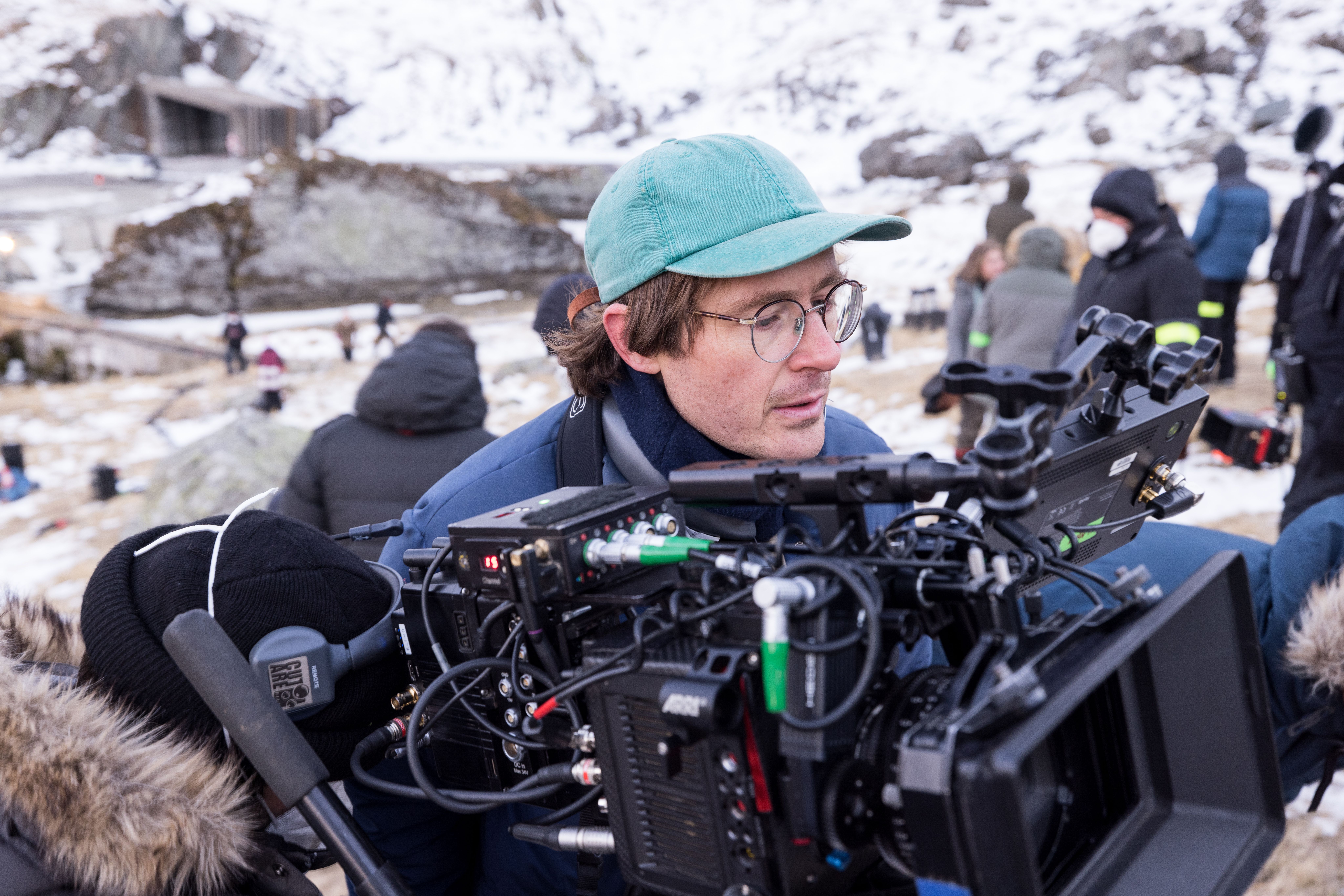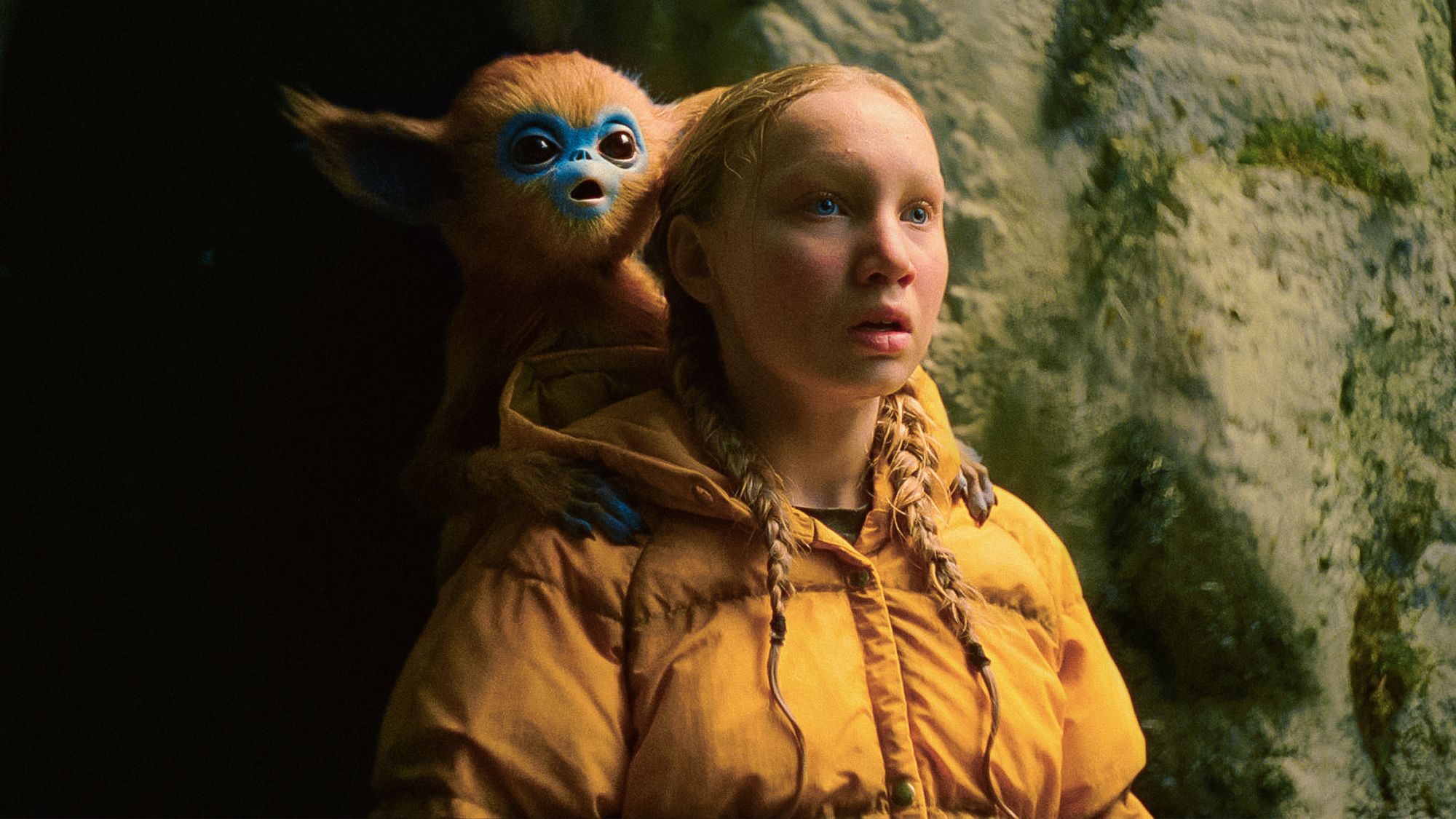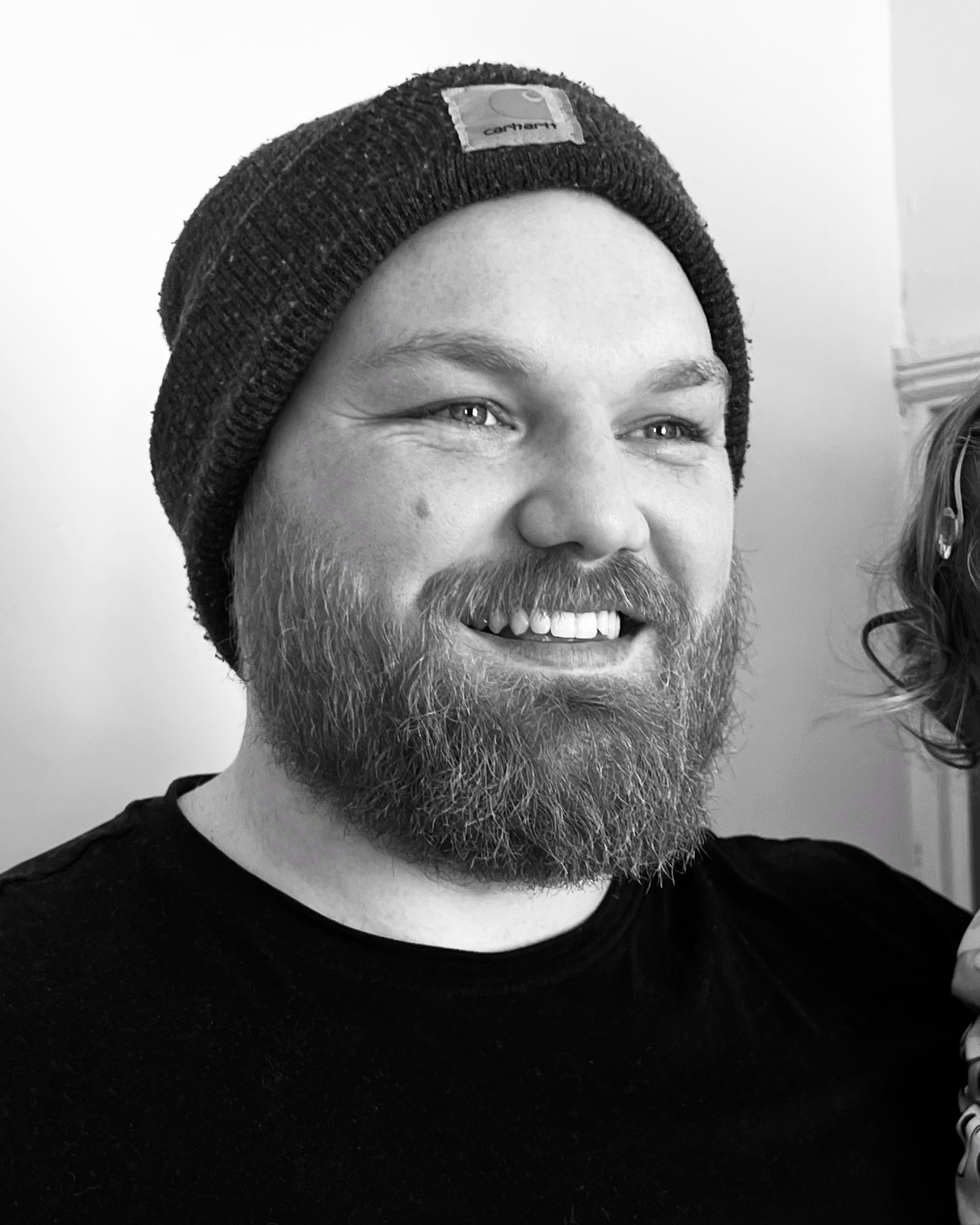No AI needed! Fantasy movie 'The Legend of Ochi' returns to practical camera craft
'The Legend of Ochi' is a new fantasy movie that returns to practical effects and traditional photography

In an age where AI-generated imagery and heavy CGI have become almost the norm, The Legend of Ochi, A24’s new fantasy film, feels like a breath of fresh air.
Directed by Isaiah Saxon, short filmmaker and director of music videos for artists like Björk, it leans into something increasingly rare: a world built by hand, photographed through the lens, and brought to life with practical effects and puppetry.
At the center of the story is the baby Ochi creature; not a CGI creation, but a fully practical puppet operated by five puppeteers, led by veteran puppeteer Robert Tygner (whose credits include numerous Muppet movies and David Bowie classic Labyrinth). Every blink and every subtle movement was performed live on set.
ABOVE: A behind-the-scenes video for The Legend of Ochi
Watching the behind-the-scenes footage in a video released by A24, it’s immediately clear how much this choice changes the relationship between the subject, the camera, the viewer and, from a filmmaking perspective, the light.
The creature isn't dropped into the scene later in post-production; it's there in the moment, interacting with real light, casting real shadows, and giving actors something tangible to react to. For photographers and filmmakers, it’s a powerful reminder of the emotional weight that comes from photographing what’s physically in front of you.
Of course, this isn’t to say that green and blue screens weren’t used – you can spot them in the behind-the-scenes footage, helping to extend certain backgrounds – but the heart of The Legend of Ochi remains rooted in practical craft.
Get the Digital Camera World Newsletter
The best camera deals, reviews, product advice, and unmissable photography news, direct to your inbox!
The emphasis looks to be on photographing something real, giving the fantasy world a genuine texture that can’t be faked.

Saxon and his team doubled down on that tactile feeling throughout the production. The Legend of Ochi was filmed largely on location in Romania’s wild landscapes, rather than relying entirely on digital environments.
Cinematographer Evan Prosofsky also used vintage 1930s cine lenses to give the imagery a softness and timelessness you can't recreate digitally.
They also incorporated over 200 traditional matte paintings, another nod to classic techniques, to expand the world without overwhelming it with synthetic effects.
The film’s approach to sound stayed equally grounded. Instead of synthetic effects, the creature sounds were performed by Paul "The Birdman" Manalatos, a YouTuber known for making intricate bird calls with his throat. It's a small detail, but it ties back to the same idea of using human craft to bring the world of Ochi to life.

Visually and tonally, the movie taps into the nostalgia of Eighties fantasy films like Willow and The NeverEnding Story (whose third installment featured puppet work by Tygner) – stories where you could feel the texture of the world, where the magic had weight and grit.
The Legend of Ochi is filled with that same handmade spirit, and it's the kind of film that feels best experienced on the big screen, surrounded by the atmosphere of a theater. Released on April 25, I’d highly recommend heading to your local theater if you’re looking for a hit of true fantasy movie nostalgia.
For photographers and filmmakers, The Legend of Ochi stands as a timely reminder that in an era increasingly shaped by AI and digital shortcuts, there’s still unmatched power in photographing and filming real, tangible subjects. Real craft still matters and audiences, whether they realize it or not, can feel the difference.
you might also like…
Check out our guides to the best cameras for filmmaking and the best cinema cameras.

Kalum is a photographer, filmmaker, creative director, and writer with over 10 years of experience in visual storytelling. With a strong focus on photography books, curation, and photo editing, he blends a deep understanding of both contemporary and historical works.
Alongside his creative projects, Kalum writes about photography and filmmaking, interviewing industry professionals, showcasing emerging talent, and offering in-depth analyses of the art form. His work highlights the power of visual storytelling, fostering an appreciation for the impact of photography.
You must confirm your public display name before commenting
Please logout and then login again, you will then be prompted to enter your display name.

